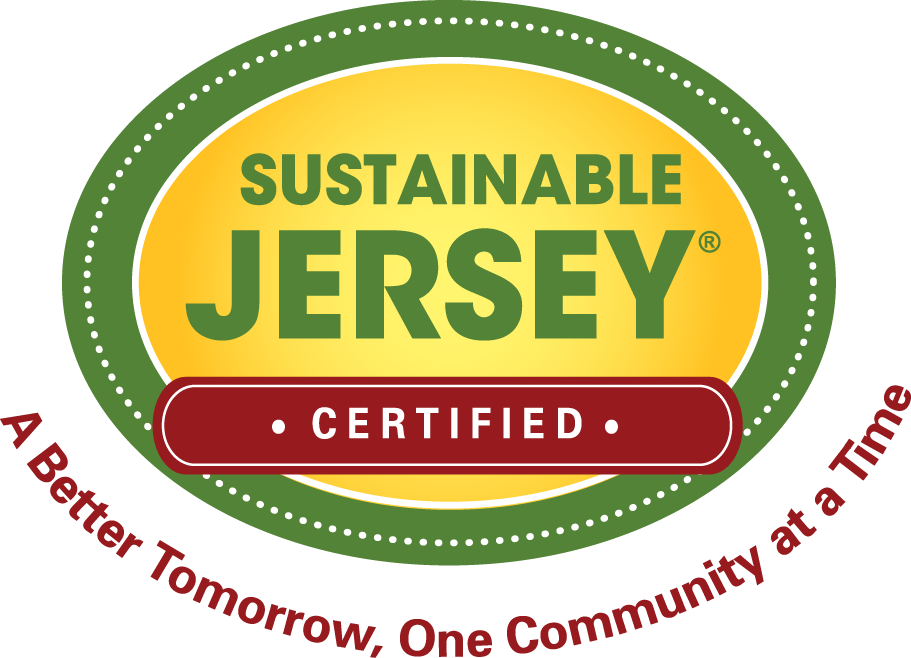Direct Pay Tax Credits for Municipalities, School Districts, and Nonprofits
Disclaimer
This page gives a general overview of some Inflation Reduction Act (IRA) tax provisions for informational purposes only. This is not meant to be tax guidance. For detailed information, please refer to the guidance issued by the Internal Revenue Service (IRS) for Elective pay and transferability.
What is Direct Pay?
The Inflation Reduction Act’s (IRA) Direct Pay program now allows tax-exempt and governmental entities to receive payment equal to tax credits for qualifying clean energy projects.
This program is currently authorized for ten years. It is not a competitive loan program, rather Direct Pay guarantees payment so long as eligibility requirements are met by the entity.
Sustainable Jersey will be offering Direct Pay resources for New Jersey municipalities and school districts. To be notified as resources are made available, sign up for the Sustainable Jersey Direct Pay distribution list.
Informational Webinar
The Inflation Reduction Act’s Direct Pay Program was created to allow tax-exempt entities, like municipalities and school districts, capture tax credits for clean energy projects. These tax credits can significantly reduce costs for EVs and charging infrastructure, renewable energy projects, and more. However, the status of these tax credits is ever-changing. A webinar was held on April 2, 2025 to give a general overview of some Inflation Reduction Act (IRA) tax provisions for informational purposes only. This is not meant to be tax guidance.
Eligible Entities
- Tax-exempt organizations, including municipalities and school districts, are eligible for Direct Pay tax incentives
- Eligible entities typically must be sole owners of the project to take advantage of the Direct Pay program
Eligible Projects
Electric Vehicles
- Base Tax Credit up to $7,500 per light vehicle
- Base Tax Credit up to $40,000 per larger vehicle
Electric Vehicle Charging Equipment (non-urban and low-income)
- Base Tax Credit up to 30% of cost for eligible EV charging equipment
- Refer to the U.S. DOE map of eligible locations.
Investment Tax Credit (most municipal and school renewable energy projects fall into this category)
- Solar, geothermal, small wind, energy storage, fuel cells, biogas, microgrid controllers, and combined heat and power properties
- Base Tax Credit: Typically 30% of costs
Production Tax Credit
- Wind, biomass, geothermal, solar, small irrigation, landfill and trash, hydropower, marine and hydrokinetic energy
- Base Tax Credit: Varies by project type
And More
- The full list of Direct Pay eligible tax credits can be found here.
Adders
Adders are the additional tax credits that can be layered on to base tax credits. These adders include:
Domestic Content Bonus
- Available for Build America/Buy America (BABA) Compliant projects
- Adds 10% to base tax credit
- Non-compliant projects:
- EVs, EVSE, and renewable projects under 1MW receive no penalty
- Renewable energy projects over 1MW will receive a penalty starting in 2024
- Refer to the IRS’s information on the Domestic Content Bonus in order to claim this credit
Prevailing Wage and Apprenticeship (PWA)
- Prevailing wage requirements – Similar to Davis Bacon requirements with additional rules around apprentices
- No additional tax credit, but there is a penalty if not compliant
- Refer to the IRS’s information on the Prevailing Wage and Apprenticeship requirements in order to claim this credit
Energy Communities
- Only available for Investment Tax Credit and Production Tax Credit eligible projects (not for EVs/EVSE)
- Adds 10% to base tax credit
- Brownfields may be eligible and NOT shown on map
- The U.S. DOE map of energy communities shows entities who are eligible for this credit
- Refer to the IRS’s information on Energy Communities in order to claim this credit
Low-Income Communities Bonus Credit Program (LICB)
- Only for Investment Tax Credit eligible projects
- Adds 10-20% to the base tax credit, and requires a separate application
- The only adder with limited funding, thus entities should apply as soon as the project is confirmed
- The U.S. DOE map of LICB in New Jersey shows entities eligible for this credit
- Refer to the IRS’s information on the Low-Income Communities Bonus Credit Program in order to claim this credit
Combining Incentives with Direct Pay
Direct Pay can be used with other incentives as long as the total incentive does not exceed the project cost. Sustainable Jersey offers free energy technical assistance to municipalities and school districts, learn more here.
Filing for Direct Pay
In order to file for Direct Pay, you must submit the appropriate forms to the IRS. You have the option to engage a tax attorney. You must pre-register with the IRS in order to get the IDs for each project you are undertaking (e.g. if purchasing ten electric vehicles, you would have 10 separate ID numbers; one for each vehicle). More information can be found here.
Filing Dates
Entities have the option to choose to file for Direct Pay based on the calendar year or the Fiscal/Tax year. Most municipalities in New Jersey follow the calendar year whereas the school districts usually follow the fiscal year. Regardless of the option, when filing for Direct Pay, the entity should aim to complete the process no more than 4.5 months after the end of the tax year during which the project was completed.
For projects completed in 2023, local governments have been granted an extension of six (6) months. The deadline is November 15th, 2024 for those entities following the calendar year and May 15th, 2025 for those entities following the fiscal year.
Resources
Clean Energy Group
What Nonprofits Need to Know When Applying for Direct Pay
Environmental and Energy Study Institute
Direct Pay: Nonprofits Can Now Benefit from Clean Energy Tax Credits
Lawyers for Good Government
Clean Energy Tax Navigator tool
U.S. Department of Energy
Elective Pay for Clean Energy Tax Credits
Questions?
Contact Tracey Woods, Energy Program Manager, at woodst@tcnj.edu.
